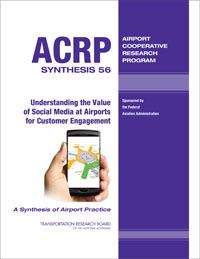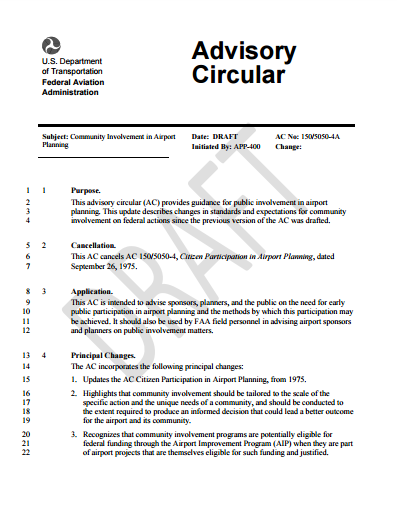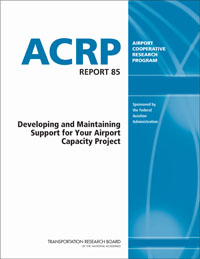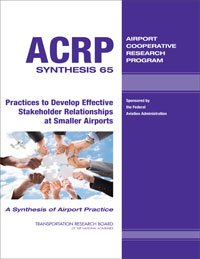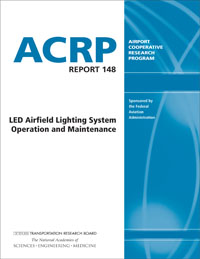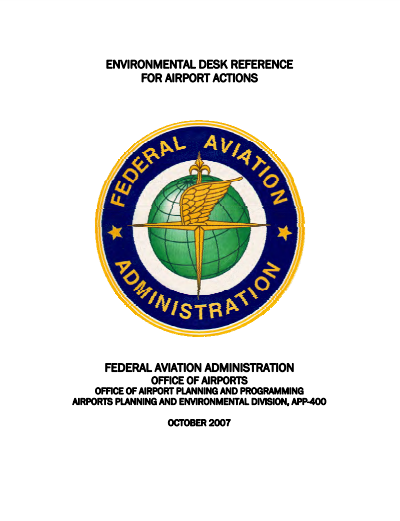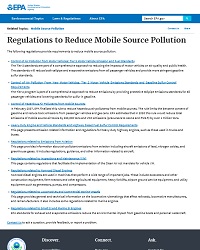Regulations to Reduce Mobile Source Pollution
Abstract
Selected regulations that provide requirements to reduce mobile source pollution are the following:
- Control of Air Pollution from Motor Vehicles: Tier 3 Motor Vehicle Emission and Fuel Standards. The Tier 3 standards are part of a comprehensive approach to reducing the impacts of motor vehicles on air quality and public health. The standards will reduce both tailpipe and evaporative emissions from all passenger vehicles and provide more stringent gasoline sulfur standards.
- Control of Air Pollution from New Motor Vehicles: Tier 2 Motor Vehicle Emissions Standards and Gasoline Sulfur Control Requirements. The Tier 2 program is part of a comprehensive approach to reduce emissions by providing protective tailpipe emissions standards for all passenger vehicles and lowering standards for sulfur in gasoline.
- Control of Hazardous Air Pollutants from Mobile Sources. In February 2007, EPA finalized this rule to reduce hazardous air pollutants from mobile sources. The rule limits the benzene content of gasoline and reduces toxic emissions from passenger vehicles and gas cans. EPA estimates that in 2030 this rule would reduce total emissions of mobile source air toxics by 330,000 tons and VOC emissions (precursors to ozone and PM2.5) by over 1 million tons.
- Heavy-Duty Engine and Vehicle Standards and Highway Diesel Fuel Sulfur Control Requirements. These are emission-related information and regulations for heavy-duty highway engines, such as those used in trucks and buses.
- Regulations related to emissions from aviation. These concern air pollutant emissions from aviation including aircraft emissions of lead, nitrogen oxides, and greenhouse gases.
- Regulations related to inspections and maintenance (I/M). These are regulations that facilitate the implementation of the Clean Air Act mandate for vehicle I/M.
- Regulations related to nonroad diesel engines. Nonroad diesel engines are used in machines that perform a wide range of important jobs. These include excavators and other construction equipment, farm tractors and other agricultural equipment, heavy forklifts, airport ground service equipment, and utility equipment such as generators, pumps, and compressors.
